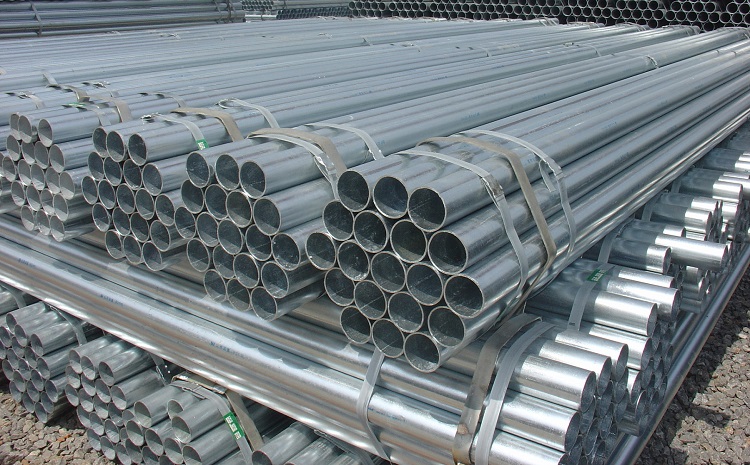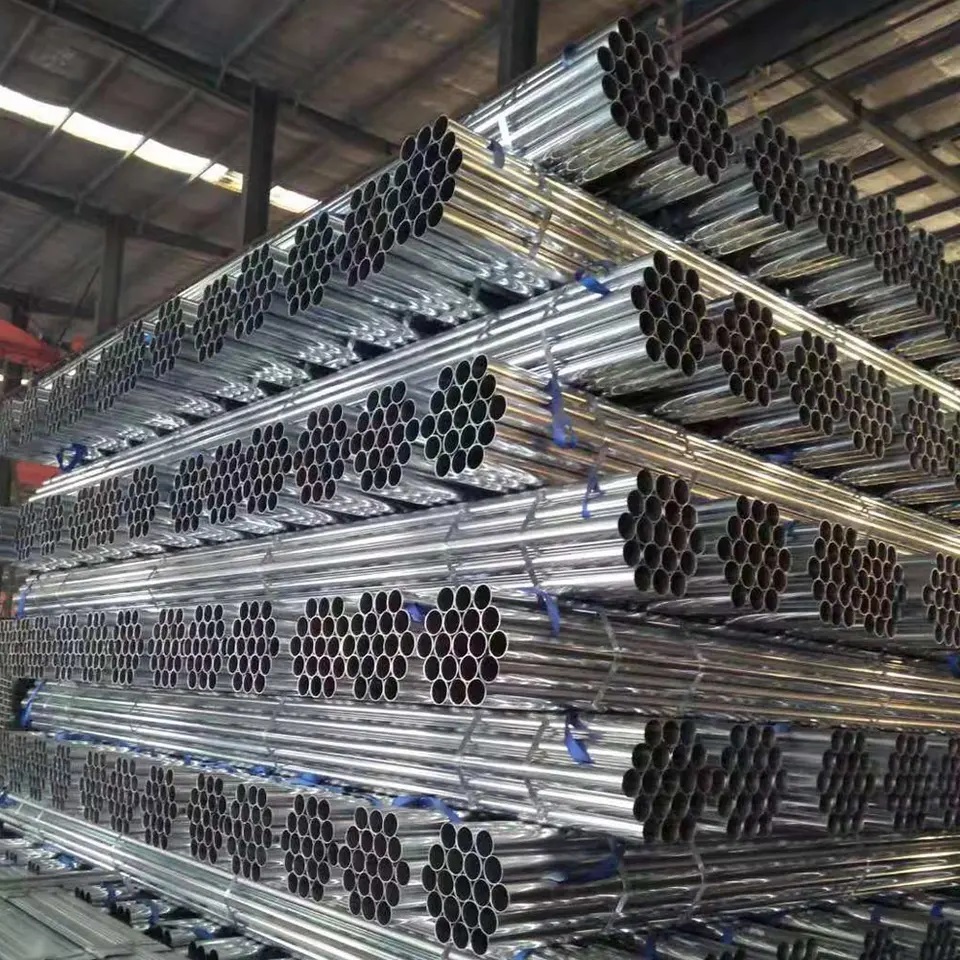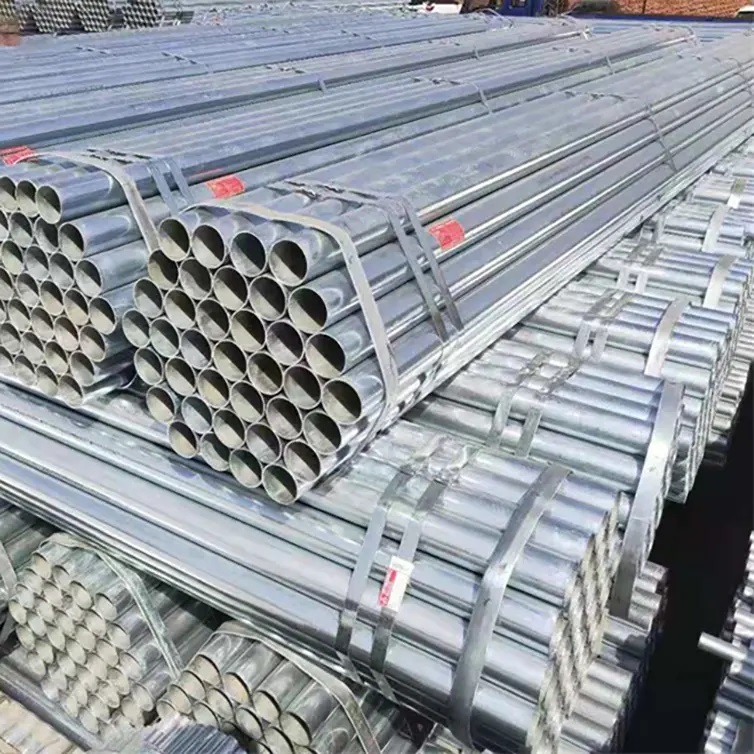Hot-dip galvanized pipes are galvanized to improve the corrosion resistance of steel pipes.

Hot-dip galvanized pipes are made by reacting molten metal with the iron matrix to produce an alloy layer, thereby combining the matrix and the coating. Hot-dip galvanizing is to pickle the steel pipe first. In order to remove the iron oxide on the surface of the steel pipe, after pickling, it is cleaned in an ammonium chloride or zinc chloride aqueous solution or a mixed aqueous solution of ammonium chloride and zinc chloride, and then sent to the hot-dip plating tank. Hot-dip galvanizing has the advantages of uniform coating, strong adhesion and long service life. The steel pipe matrix undergoes complex physical and chemical reactions with the molten plating solution to form a corrosion-resistant zinc-iron alloy layer with a tight structure. The alloy layer is integrated with the pure zinc layer and the steel pipe matrix. Therefore, it has strong corrosion resistance.
1. Uniformity of the galvanized layer: The steel pipe sample shall not turn red (copper-plated color) after being immersed in the copper sulfate solution for 5 consecutive times.
2. Surface quality: The surface of the galvanized steel pipe should have a complete galvanized layer, and there should be no unplated black spots and bubbles. Small rough surfaces and local zinc nodules are allowed.
3. Galvanized layer weight: According to the requirements of the buyer, the galvanized steel pipe can be measured for the zinc layer weight, and its average value should not be less than 500g/m2, and any sample should not be less than 480g/m2.
The production steps of galvanized steel pipes are as follows:
Black parts inspection → hanging → degreasing → rinsing → pickling → cleaning → dipping plating agent → hot air drying → hot dip galvanizing → cooling → passivation and rinsing → unloading → inspection, trimming → packaging, storage and transportation.

Uses of galvanized pipes
The iron pipes used for gas, greenhouses and heating are also galvanized pipes. Galvanized pipes are used as water pipes, and a large amount of rust is generated in the pipes. The yellow water flowing out not only pollutes the sanitary ware, but also contains bacteria that grow on the rough inner wall. Rust causes excessive heavy metal content in the water, which seriously endangers human health. In the 1960s and 1970s, developed countries began to develop new pipe materials and gradually banned the use of galvanized pipes. China’s Ministry of Construction and other four ministries also issued a document to ban the use of galvanized pipes from 2000. Galvanized pipes are rarely used for cold water pipes in newly built communities, but some communities use galvanized pipes for hot water pipes.

